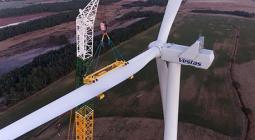The wind turbines standing up to the world’s worst storms.
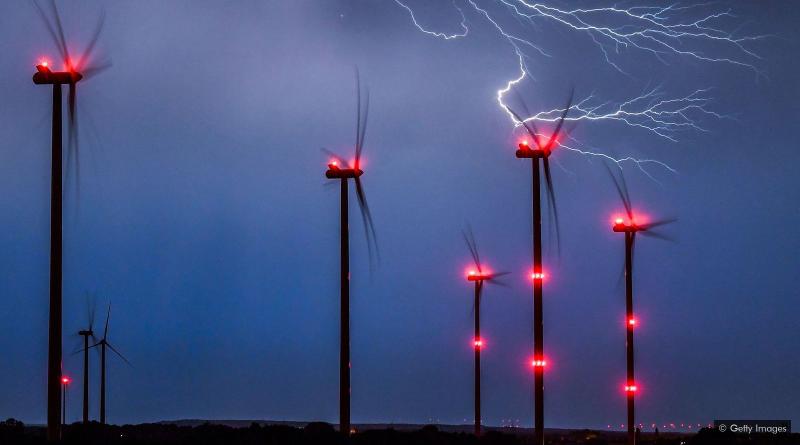
Japanese engineers are hoping to build wind turbines that can withstand the world’s worst typhoons, generating power even in the midst of a natural disaster.
Mariel Robedizo Engranes was 15 when Typhoon Haiyan hit. She was living in her hometown of Dolores, Eastern Samar, in eastern Philippines. The country regularly experiences typhoons but Typhoon Haiyan, known in the Philippines as Yolanda, was extraordinary. It arrived on 8 November 2013, and it was one of the most powerful tropical cyclones ever recorded.
“Before 6am, I heard my mum shouting and screaming,” Engranes remembers of the morning that Yolanda struck. “I noticed the water in our house already. The waves were very high.”
Typhoon Haiyan caused a storm surge; palm trees were uprooted by winds that reached 314km/h (195mph), and roofs were torn off. More than 6,300 people lost their lives in the storm, and thousands more were displaced. For those who survived, a lack of power made the process of rebuilding their lives harder.
Engranes says her neighbourhood was without electricity for two months following the typhoon. “For some areas, it even took them three months,” she says. “But on a normal basis, like even before Haiyan, electricity is unstable in our place.”
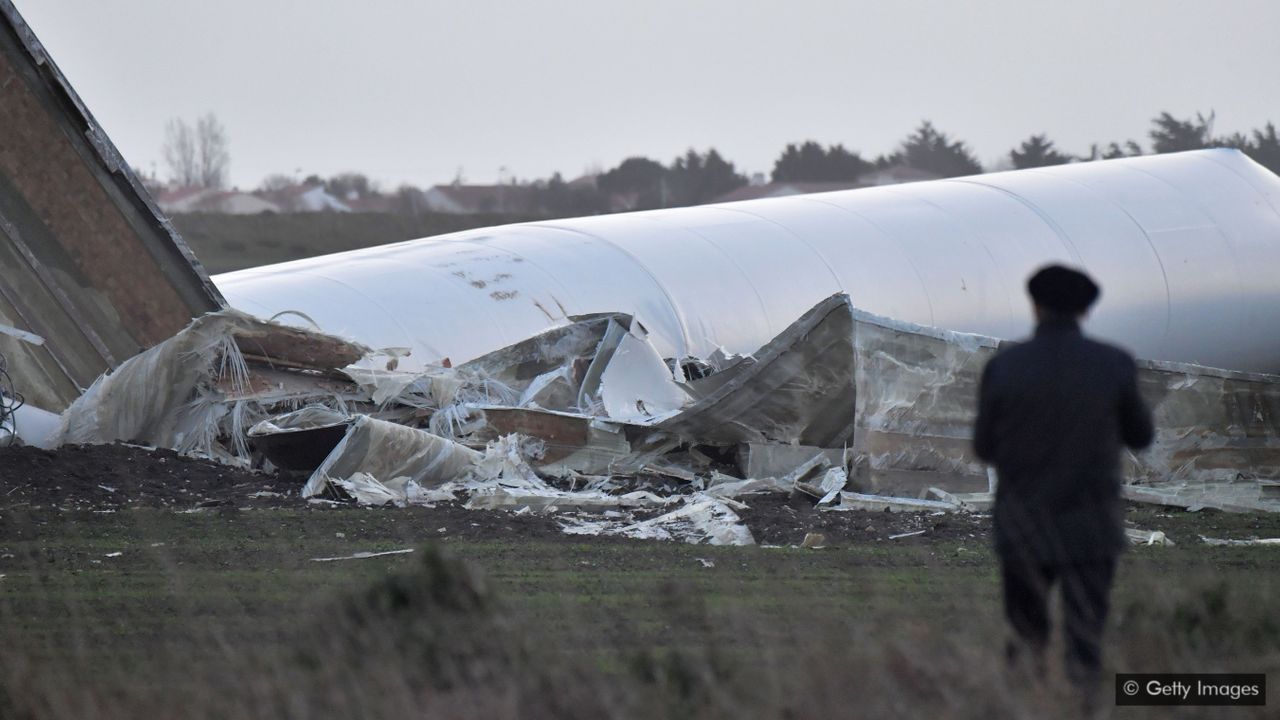
For the Philippines, a reliable electricity supply is a challenge for many islands of the archipelagic country, and typhoons exacerbate the situation. After a natural disaster, precisely when power is needed most, it is hardest to provide. But a novel answer could come from engineers in another disaster-prone region: Japan.
You might also like:
- The world’s growing concrete coasts
- The most powerful renewable energy
- The spies hunting fish pirates
A start-up called Challenergy, based in Tokyo, has designed and built a wind turbine specifically engineered to operate in typhoon-prone areas. For Atsushi Shimizu, founder and chief executive of Challenergy, the ideal place for these robust wind turbines is somewhere like Eastern Samar where reliable electricity is scarce.
But it wasn’t Typhoon Haiyan that originally inspired Shimizu. It was another natural disaster; one that deeply affected the Japanese people. The 2011 Tōhoku (or Sendai) earthquake off the east coast of Japan was extremely powerful and generated a tsunami. This tsunami engulfed the Fukushima Daiichi Nuclear Power Plant in Okuma, Fukushima prefecture, and caused three nuclear meltdowns.
From 9 to 13 October, Typhoon Hagibis left over 270,000 households without power and caused losses greater than $15bn (£11bn) in Japan
The Fukushima disaster resulted in the Japanese government turning away from nuclear energy. Previously, 54 nuclear reactors supplied almost a third of Japan’s electricity, but today 24 of Japan’s 33 reactors remain switched off. One of the consequences was the country losing its enviable status as a leader in low greenhouse-gas emissions.

When the earthquake struck, Shimizu was working at a company making sensors. The 41-year-old saw that his country would need to pivot from nuclear energy, and he felt compelled to start researching renewable alternatives.
Japan’s total energy consumption is one of the world’s largest, but only 7.6% comes from renewable energy, with 87.4% coming from fossil fuels(for 2017, the latest results available). Looking through texts on renewables, he saw that Japan had great opportunity for wind energy, but that the country had very few wind turbines; wind power only accounts for 1.5% of total energy production in Japan. Shimizu was puzzled.
Bend it like Magnus
There are numerous obstacles that have slowed Japan’s adoption of wind power, says Yoko Kobayashi, who works as the manager for projects for Japan Wind Development, one of the country’s largest developers of wind energy. One of them is the typhoons. In 2019, Typhoon Hagibis was one of the strongest and largest typhoons to hit mainland Japan in decades. From 9to 13 October, Hagibis left over 270,000 households without power and caused losses greater than $15bn (£11bn) in Japan.
Kyushu, the southern and westernmost of Japan’s five main islands, and especially the island chain of Okinawa, which lie south of Kyushu, are the most prone to typhoons. Kobayashi says her company has tried to develop wind farms in Kyushu, but found some areas are simply “too strong” in terms of both wind speed and turbulence.
It is in such conditions that Shimizu hopes his design will not only withstand high wind speeds but also harness their power. He plans to do so using a radically different design from usual turbines. Most commercial wind turbines, like the ones found in northern Europe, operate along a horizontal axis using propeller-like blades. But Shimizu’s design is on a vertical axis, with cylinders in place of blades, and which make use of a physics phenomenon known as the Magnus effect.
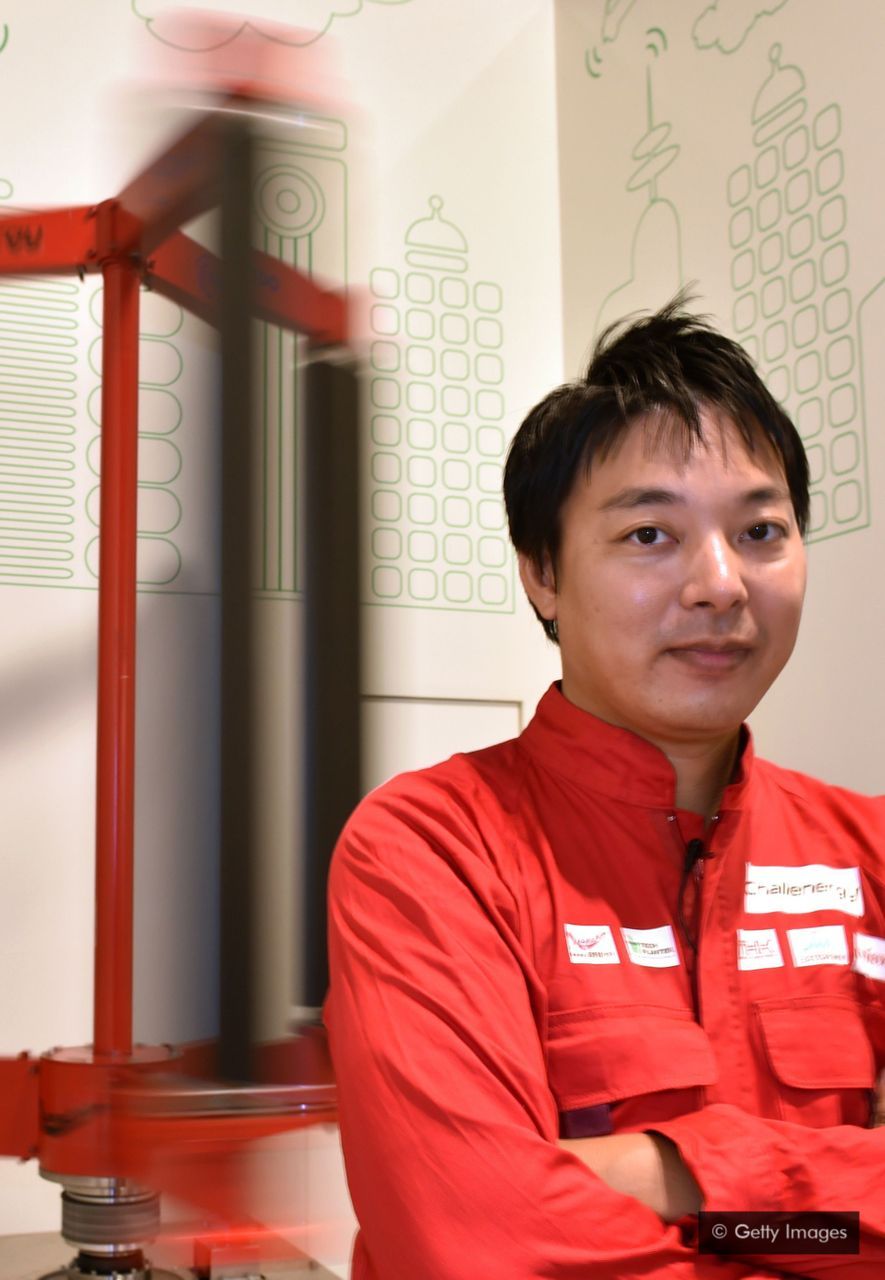
Named after the German physicist Heinrich Gustav Magnus, who described the phenomenon in 1852, the best everyday example of the Magnus effect is in ball sports. In soccer, baseball, tennis and cricket, players will often add spin to the ball. For example, when a tennis player hits the ball, they can also brush the racket upwards or downwards on impact, setting the ball spinning as it flies through the air. As the ball rotates, it starts to curve away from the trajectory that it would follow if it were not spinning – this deviation from the ordinary arc is the result of the Magnus effect.
Challenergy’s wind turbine uses motors that first spin its three cylinders. As these cylinders spin, they generate the Magnus effect, as they are placed in air flow – like a ball spinning in the air – and this rotates the turbine. The turbine is designed such that it will only rotate if these cylinders are spinning and the wind is blowing. While the motors require an energy input to spin, this is only up to approximately 10% of the power generated by the turbine, according to Challenergy.
The advantages of this turbine, in its vertical axis and Magnus-effect-exploiting design, is that it can adjust to any wind direction, and power generation can be controlled in accordance with the wind speed. The latter is done via flaps or “cylinder wings” incorporated alongside the spinning cylinders, which can be adjusted to control the magnitude of the Magnus effect. “We contour the spin of the cylinder to the wind speed,” says Shimizu. Because the Magnus effect acts as the main driver, the rotation of the turbine is almost 10 times slower than conventional blade turbines. This means they are less noisy, and Shimizu is also studying whether the lower rotational speed has a less detrimental effect on passing birds.
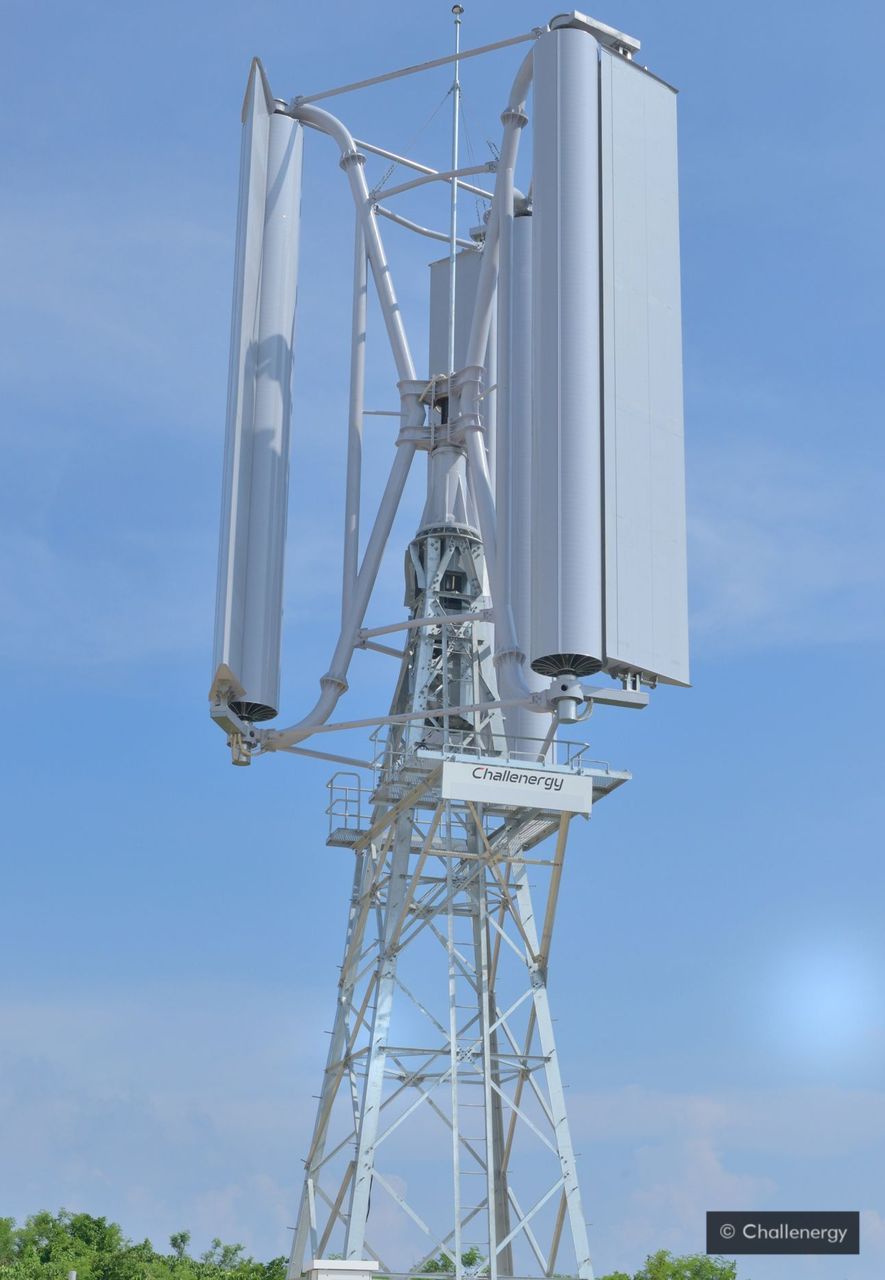
Although Shimizu’s turbine may look impressive, it is in fact dwarfed by conventional propeller turbines. The blades of conventional propeller turbines in Japan typically reach 40m with a tower height of almost 80m. Conventional turbines in Hokkaido, for example, have a maximum output of 3 megawatts (MW). The Challenergy wind turbine, in contrast, currently generates 10KW (or 0.01MW). But Shimizu plans to upscale his turbine to reach 100KW, which would require a turbine around 50m tall.
While they might never be as efficient as the conventional turbines, the appeal of these whisk-shaped structures is their robustness. The 10KW version, installed in Ishigaki, Okinawa, has already recorded its first electricity generation during a typhoon, which Challenergy believes is a world first. In October 2019, Ishigaki escaped Typhoon Hagibis, but a smaller storm, Typhoon Mitag, struck the island. Challenergy’s sensors recorded a maximum wind speed of 43 to 45m/s (metres per second) during the storm. Their unit can survive 70m/s (156mph) but has an upper operating limit of 40m/s (89mph). To put this into perspective, the Typhoon Hagibis had 10-minute sustained winds of 120mph and one-minute sustained winds of 160mph, which means only the very peak of the largest typhoons would pose a threat to the turbine.
Most propeller turbines today have an operating limit of around 20-30m/s (44-67mph). Alex Byrne, a principal engineer at DNV GL, a Norway-headquartered international energy consulting company, and who specialises in wind energy, says that this is a design decision. “If a turbine designer chose to, they could design a turbine to operate up to 40m/s as well. But it makes more sense economically for most sites that they are targeting with their turbines to design it for a lower cut-out wind speed,” she says.
Keeping the lights on
For many sites around the world where turbines are active, there may be winds of 25m/s or more just a few hours per year. For such sites, it doesn’t make sense to create very strong turbines. “Challenergy is targeting an application that modern wind turbines do not target. This is neither good nor bad, it just means Challenergy needs to make sure the economics work out for their application,” says Byrne.
Challenergy’s turbines are priced at $250,000 (£190,000), which is expensive considering that small standard propeller wind turbines of comparable power typically cost in the tens of thousands of dollars. Large, commercial wind turbines cost upwards of $2m (£1.5m) but as they generate megawatts of power, they tend to be more economical in the long term.
Kobayashi agrees that the average wind speed for a site is very important to work out which kind of turbine makes financial sense. For sites that experience high wind speeds only very occasionally, Challenergy’s turbines would be an expensive case of over-engineering. However, if the wind turbine can generate electricity for longer, when other turbines might be non-operational due to high wind speeds or turbulence, then this such a turbine could come into its own.
The Philippines, the most typhoon-prone country in Asia, could make a good site for these robust turbines for other reasons too. In many areas of the Philippines small-scale diesel generators are common, but shipping diesel across the archipelago drives up costs – especially for more remote islands – making renewable alternatives more appealing. Local Philippine governments have committed to purchasing seven of Challenergy’s turbines, which will form part of a number of micro-grids.
These micro-grids will incorporate solar technology as well as Challenergy’s wind turbine, which will charge batteries, alongside diesel generators. In a micro-grid context, Byrne says that a small, robust and highly reliable turbine could be a very good application of the technology. “Reliability and capital cost for the annual energy generated are going to be of primary concern,” Bryne says. “If [Shimizu’s] claims of high reliability and high capacity factor are true, then it could be quite compelling.”
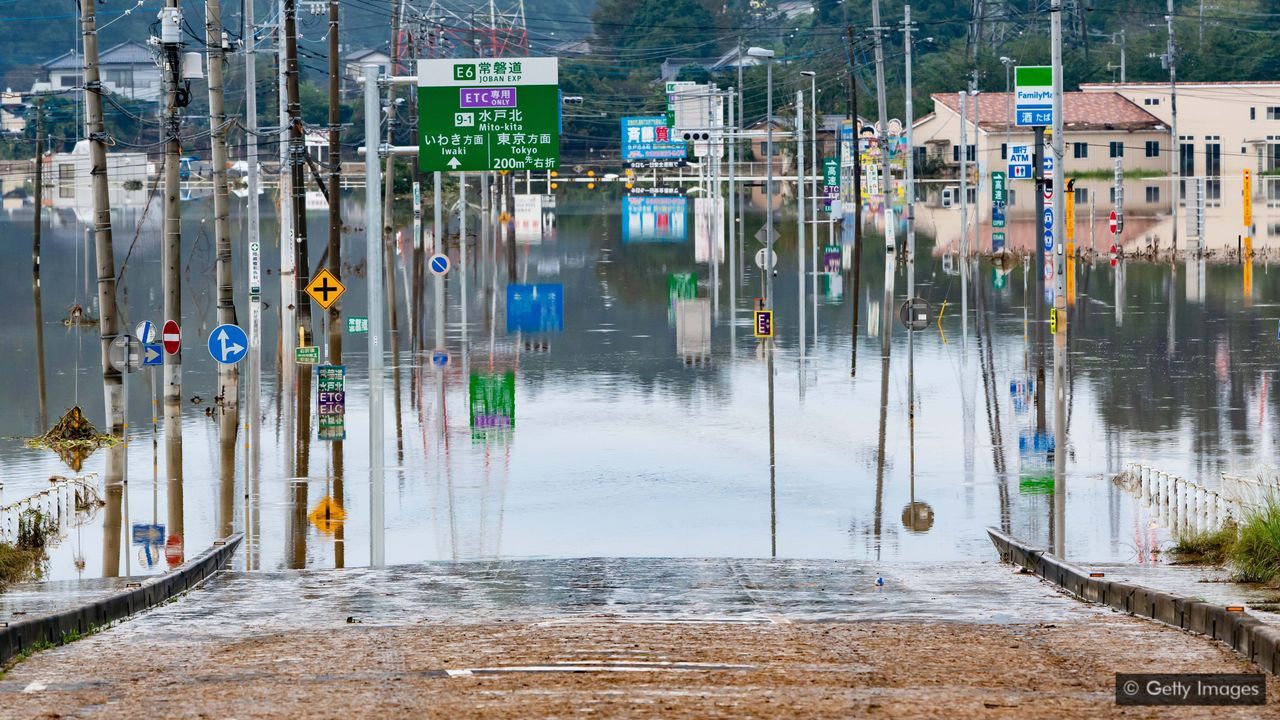
Bryne concludes that for any wind turbine, customers should be able to calculate how much energy can expect to be generated every year. Turbine suppliers, she says, should provide a power curve: a graph that shows how large the electrical output would be at different wind speeds. With this information, buyers can calculate if a particular turbine is suited to a site.
Global warming is set to have profound effects on oceans and extreme weather events. The 2019 Intergovernmental Panel on Climate Change report noted that extreme El Niño and La Niña events are likely to occur more frequently.
For the Philippines, this could result in more intense typhoons at a greater frequency. Already, over the past 37 years, typhoons striking East and South-east Asia have intensified by 12-15%, with the proportion of storms of categories four or five having doubled or even tripled. Shang-Ping Xie, the co-author of this research, notes that it is the most intense typhoons that are becoming even more so. “Rising sea levels and intensified cyclones are going to pose a grave danger to coastal communities,” says Xie.
Yu Kosaka, an associate professor of global climate dynamics at the University of Tokyo, says there hasn’t been any change in the overall number of typhoons that approach Japan, but that there has been recent unpredictability in the path they take. “In the past few years, we saw unusual tracks of typhoons and their landfalls at less-prepared regions,” she says. “Typhoons usually hit western Japan, so these regions are better prepared for them. But in the recent few years more typhoons have been hitting eastern and northern Japan.” There has also been an increase in extremely strong extratropical cyclones (sometimes known as “bomb cyclones” or “explosive cyclones”) passing near the country.
In this light, building a turbine that can survive the effects of climate change is a daunting prospect. But a turbine that could stand up to these typhoons would become a necessary lifeline. Shimizu’s turbine has weathered its first storms already, and the engineer is hopeful. The question that remains is whether the pace of turbine technology can keep up with the speed at which extreme storms are getting stronger.
--
The emissions from travel it took to report this story were 0kg CO2. The digital emissions from this story are an estimated 1.2g to 3.6g CO2 per page view. Find out more about how we calculated this figure here.
4 September 2020
BBC



